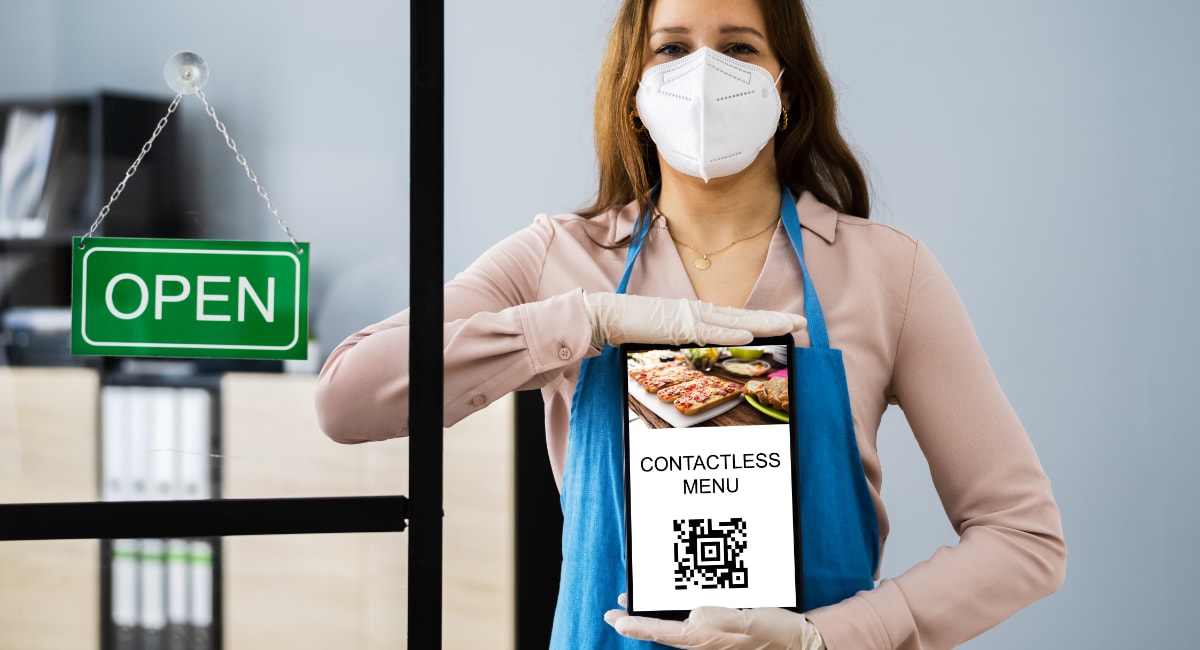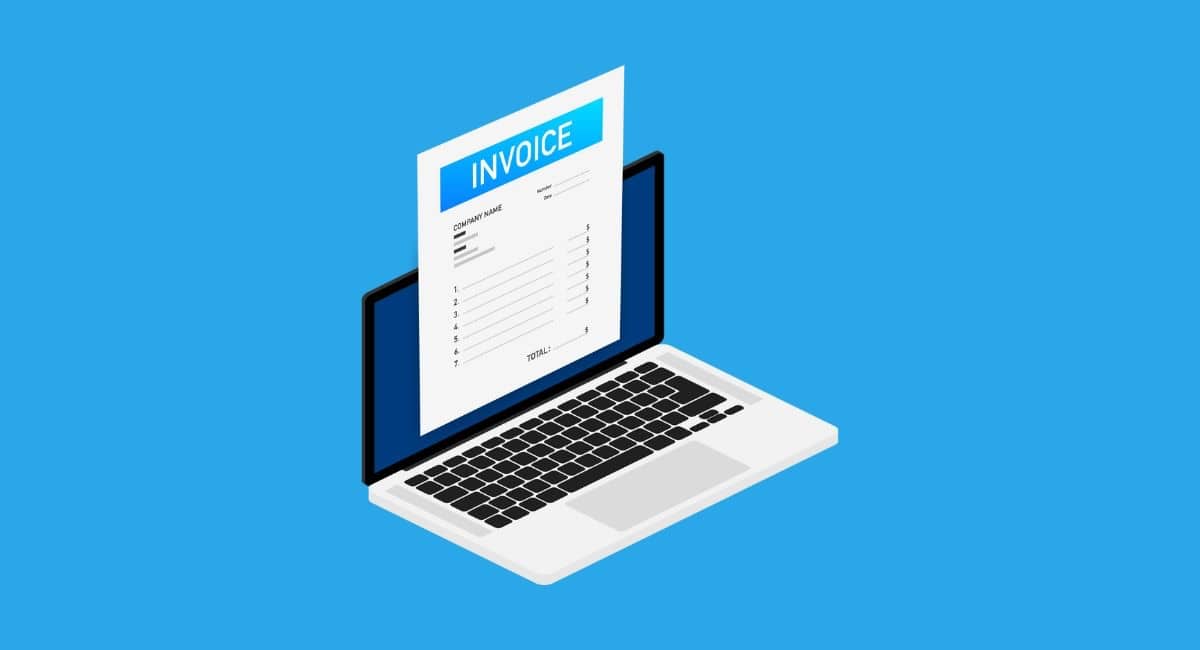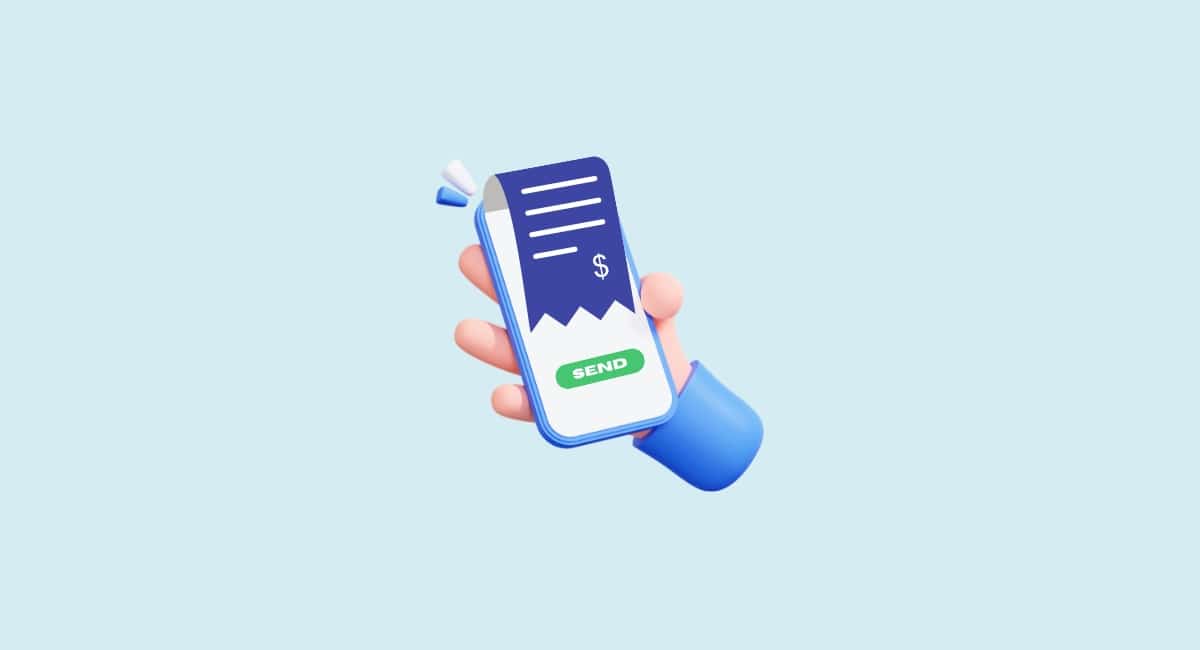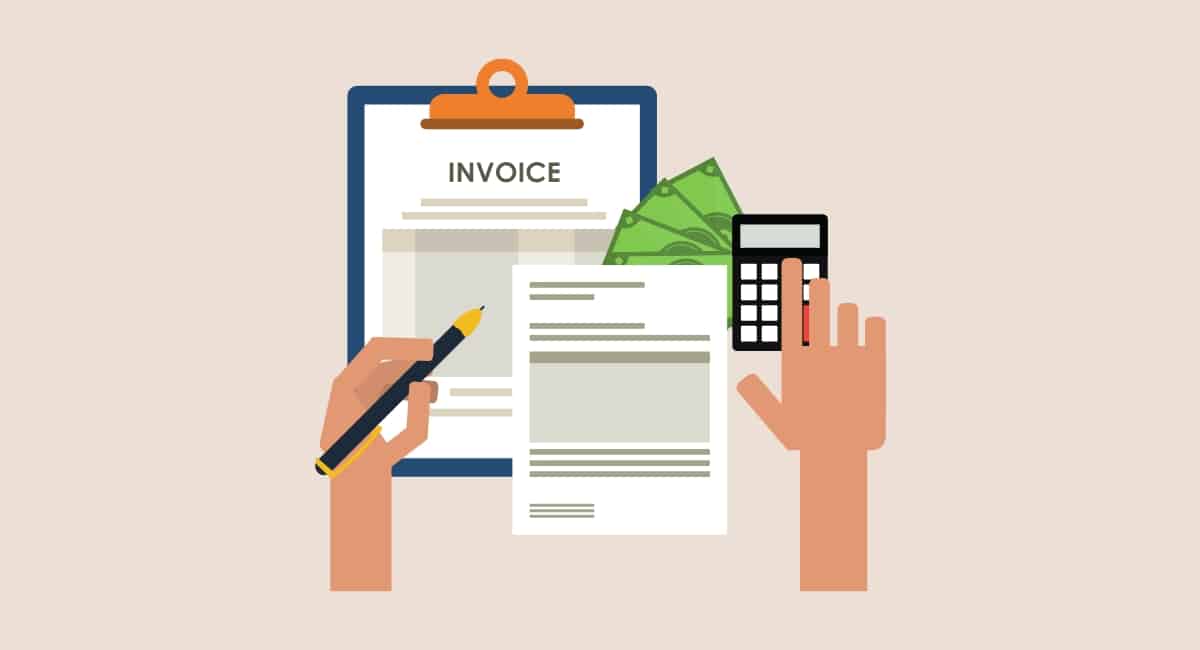Up and down the UK, the floppy menus or tome-like wine lists we’re used to are missing, and in their place are QR codes. They started as a way to escape COVID germs, but they’ve stayed because of their dining-out improvements.
Despite looking like a bad attempt at cross-stitch, this surprisingly sophisticated technology is, in fact, a large part of the recent contactless revolution in hospitality.
Short for “quick-response” code, QR codes allow consumers to access a restaurant’s digital menu by simply scanning the code through their smartphone camera. QR code menus have proven invaluable for hygiene-conscious consumers – this fact is reflected in QR code technology usage, which grew by 96% between 2018 and 2020 alone according to BlueBrite research.
But despite having permeated many cafés and restaurants across the UK, love for QR code menus is far from universal. Positives hint at its continued use after the pandemic, but some consumers quickly point to the negatives, too. As we tip-toe towards an approximation of normality again, will they stay?
QR codes are convenient for customers
Like with most things in consumer experiences, convenience is usually the answer. We’re knee-deep in the immediate-gratification economy, and QR codes satisfy that itch for convenience.
Almost three decades since their inception in 1994, there are fewer barriers to entry with QR codes now.
With 92% of the UK population owning one, smartphones are now a permanent fixture for many when they leave the house. And nowadays, all cameras in modern phones have QR code scanning functionality. By pointing customers to a well-placed code to access, browse, order, and even pay for their orders, the dining-out experience has become more streamlined and convenient.
Exploring digital menus is often a more comfortable experience for customers, too. They can spend more time browsing menus without time pressures from busy staff. As a result, they more often choose the exact items they want and are more satisfied with their experience. This has a powerful knock-on benefit for businesses, granting them the opportunity to gather a deeper understanding of what customers are looking for – which is valuable customer data they can use to refine their offering.
Additionally, digital menus can eliminate confusion for customers. Companies can add images to digital menus, helping customers see what they’re ordering. They can also update menus in real time to show the availability of dishes, reducing customer disappointment where they can’t have what they’ve already ordered.
QR codes also allow customers to pay for their orders. Having scanned a code printed at their table, on the receipt or via a self-service tablet, customers can get up and leave without asking for the bill. UK restaurants like Wagamama have used this technology to great success, allowing their customers to pay their bills with minimum friction.
Overall order volume increases
Experience is everything – the better the experience, the more customers will buy. For example, when customers don’t have to spend 15 minutes trying to catch the server’s eye for the bill, they have more time for coffee and dessert. Research shows that customers who report positive experiences can spend up to 140% more than those that don’t.
Used as a way to extend and enhance omnichannel and mobile experiences in retail and hospitality, QR codes give customers a level of freedom and control over their experience.
But this autonomy benefits businesses as well as customers. Instead of waiting for a server to be free to place their order, QR code ordering lets customers order in their own time, meaning an establishment can process more orders throughout a service.
The benefits of autonomous ordering extend to upselling opportunities, too. For example, an interactive digital menu with ordering capabilities might have recommendations for items or drinks that pair well with the food customers choose, increasing the add-to-basket. Paired with powerful visual elements, this is a potent mixture.
Interestingly, waiting staff may also become more effective at upselling in establishments that use QR code menus.
The founder of the payment system Sunday, Victor Lugger, found knock-on effects in his staff when trialling Sunday across 14 sites of his restaurant chain Big Mamma’s. Lugger said the average spend increased per customer, staff turned tables faster and waiting staff could spend on average 40% more of their time with customers. Customers were reportedly more satisfied with their experience, and waiters could upsell more and receive more tips.
Greater customer retention
People miss dining out, yet many still feel unsafe when doing so. Despite recent improvements in the UK, footfall is still down by 13.7% last year, so encouraging loyal customers back into businesses has become a priority.
Yet retaining customers often plays second fiddle to acquiring new ones, even though winning new customers can cost five times more. One of the strongest indicators that QR code menus will stick around post-COVID is the rich data businesses can gather.
Data in itself is no ambrosia. However, savvy businesses will leverage more detailed customer behaviour to build stronger personal relationships and drive loyalty with their most supportive (and profitable) customers. Companies can use this data to refine their marketing strategies and hone in on their true target market.
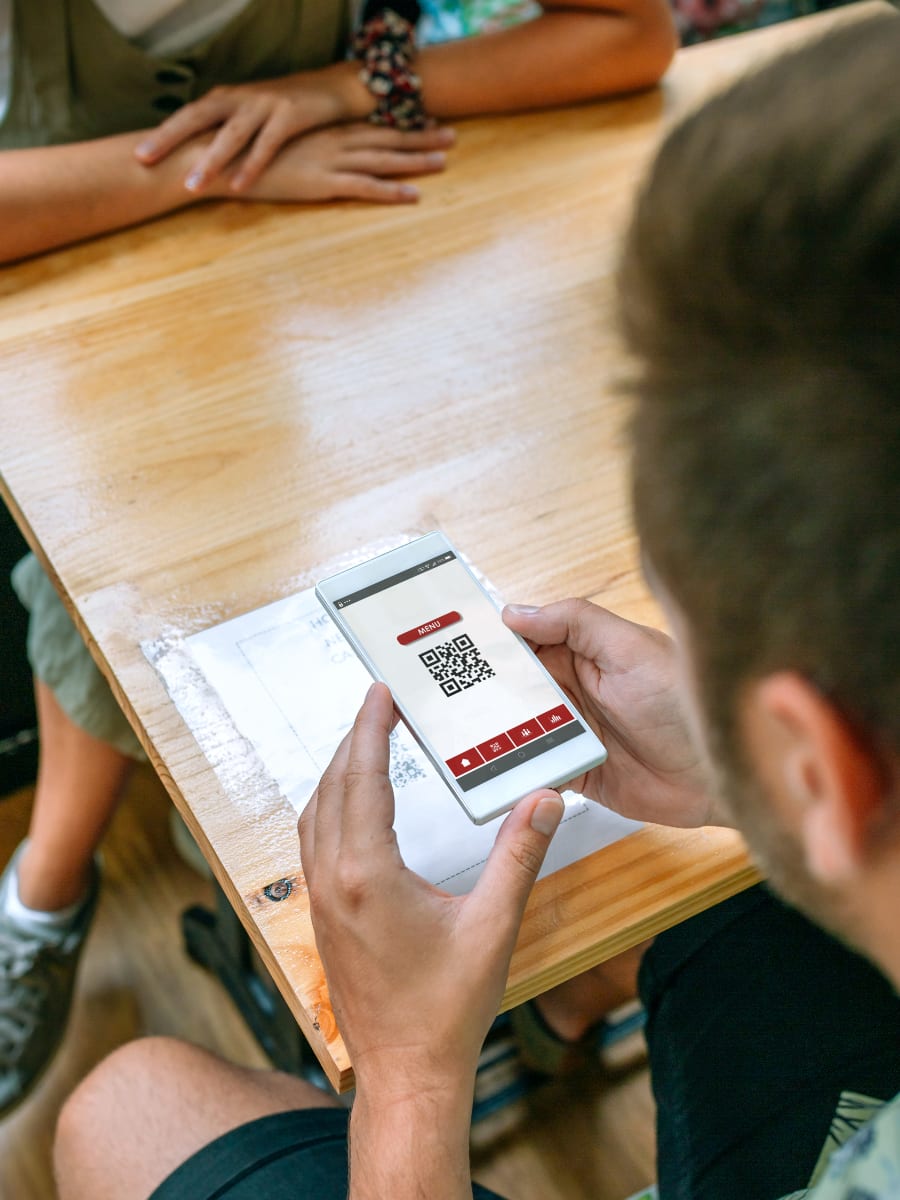
Looking at a screen when you’re there to connect face-to-face may not be everyone’s preference.
Saving on costs
While contactless experiences in hospitality are becoming more popular, it is improbable that there will come a time when human staff are entirely obsolete. QR code menus, specifically, can enhance and optimise staff’s role in dining.
With less of their time taken up by taking orders and running bills, staff have more time to spend with customers and fulfil other aspects of their role. For businesses, this means they will likely need fewer employees to cover a shift and will save on wage costs.
Businesses will also save significant amounts of money on printing costs. There’s no need to print menus nor re-print them when the menu changes.
QR code menus aren’t for everyone
Despite how they’ve now permeated many markets, support for QR codes is far from unanimous. Had the pandemic not forced businesses to look for innovative and inexpensive ways to improve their contactless experience, they may not have risen to their current popularity.
As is most often the case, customers dictate the popularity of QR codes and their longevity in the market.
Issues with the technology fall into three main buckets:
- Usability
- Social
- Security
Usability is becoming less and less of a problem as businesses move towards more advanced native-app and web-hosted digital menus. However, many companies opt to use PDF versions of their menus. PDF menus, unfortunately, are not optimal for mobile viewing. Browsing and zooming in to read PDF menus is a hassle, and the overall mobile experience is poor.
The second most cited issue is social. For many, dining out is an enjoyable experience devoid of technology. It’s a social occasion, and customers may wish to leave their phones untouched and connect with the people they’re dining with. Being tethered to a mobile device to order and pay for your drinks and meal may sully the experience.
Additionally, it can make the experience awkward when dining out with individuals who don’t have phones. Despite the widespread adoption of smartphones in the UK, not everyone has one. The elderly, in particular, may find it challenging to figure out. Such a steep learning curve may leave the experience feeling disjointed. And cause friction. And arguments.
Of course, businesses solely using QR code menus risk turning away customers who have no phone or have forgotten theirs. Some establishments may still offer physical menus, but if the primary dining experience is built around this technology, the physical menu route may not be as smooth or enjoyable.
Finally, there is security. You can link almost anything through a QR code – users, therefore, need to know they can trust the source of the code. It is easy to re-print a code over an existing piece of marketing material, which could link to malicious websites, phishing attempts, malware downloads and ransomware.
Are QR code menus sticking around?
All things considered, it’s very unlikely QR code menus will disappear any time soon. By the end of 2022, research suggests, one billion people will use QR codes just to access coupons. If the technology can revolutionise even the hassle of coupon usage online, what it can do for the hospitality sector is surely enough to impress even the most stalwart anti-coder.
For any consumer-facing business, QR code menus will continue to add value to the ordering and checkout process. Small UK businesses wishing to implement this technology have a range of options to choose from – and will unlikely regret doing so.

